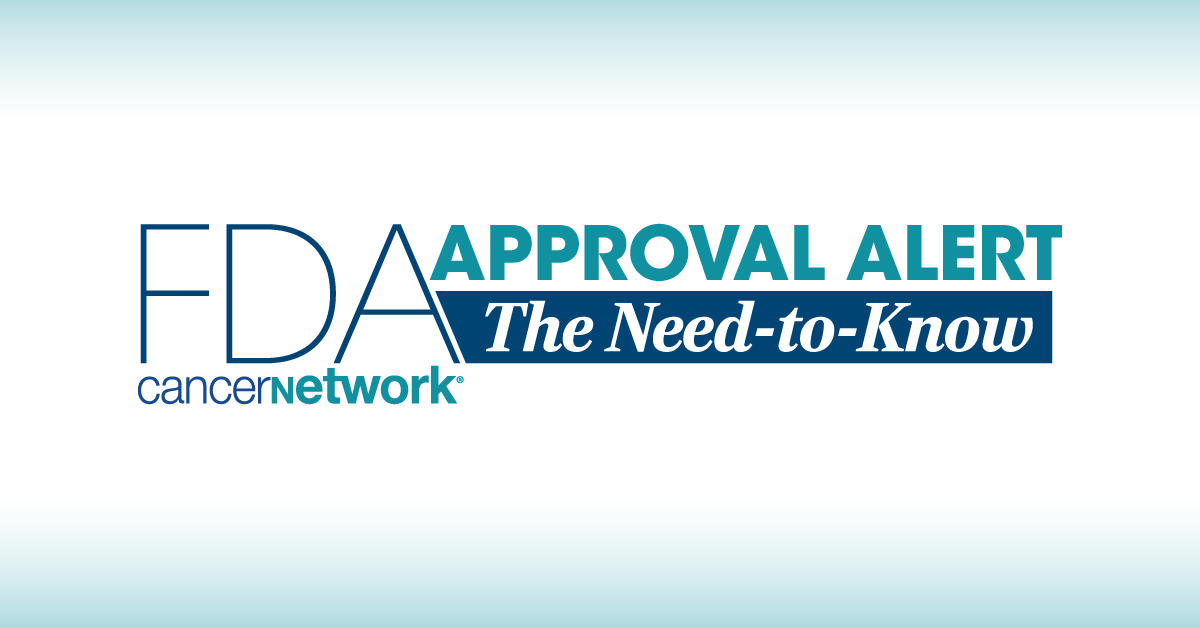FDA Approves Subcutaneous Atezolizumab Plus Hyaluronidase-tqjs in Multiple Soft Tumor Indications
Patients with certain solid tumors may be eligible for subcutaneous atezolizumab and hyaluronidase-tqjs, which is now approved by the FDA.
Patients with certain solid tumors may be eligible for subcutaneous atezolizumab and hyaluronidase-tqjs, which is now approved by the FDA.

The FDA has approved subcutaneous atezolizumab and hyaluronidase-tqjs (Tecentriq Hybreza) as intravenous formulation of atezolizumab (Tecentriq) for patients with non–small cell lung cancer (NSCLC), small cell lung cancer, hepatocellular carcinoma, melanoma, and alveolar soft part sarcoma, according to a press release from the agency.
The injection was assessed in the phase 3 IMscin001 trial (NCT03735121). The patient population comprised those with locally advanced or metastatic NSCLC who were not previously exposed to cancer immunotherapy and who had disease progression following treatment with platinum-based chemotherapy.
The geometric mean ratio for the subcutaneous atezolizumab and intravenous atezolizumab during cycle 1 Ctrough was 1.05 (90% CI, 0.88-1.24) with area under the curve (AUC) of 0 to 21 days of 0.87 (90% CI, 0.83-0.92). The confirmed overall response rate (ORR) was 9% (95% CI, 5%-13%) in the subcutaneous arm and 8% (95% CI, 4%-14%) in the intravenous arm.
Overall, 371 patients were randomly assigned 2:1 in the open-label, multicenter, international trial. Patients received either subcutaneous atezolizumab and hyaluronidase-tqjs or intravenous atezolizumab and continued until disease progression or unacceptable toxicity.
The primary end point was atezolizumab exposure. The coprimary pharmacokinetic end points included cycle 1 Ctrough and AUC of 0 to 21 days. Efficacy end points included ORR, progression-free survival, and overall survival.
Regarding safety, the most common adverse effects included fatigue, musculoskeletal pain, cough, dyspnea, and decreased appetite.
The recommended dosage is one 15 mL injection given subcutaneously over 7 minutes every 3 weeks.
Reference
- FDA approves atezolizumab and hyaluronidase-tqjs for subcutaneous injection. News release. FDA. September 12, 2024. Accessed September 12, 2024. https://shorturl.at/6T2C8
How Supportive Care Methods Can Improve Oncology Outcomes
Experts discussed supportive care and why it should be integrated into standard oncology care.